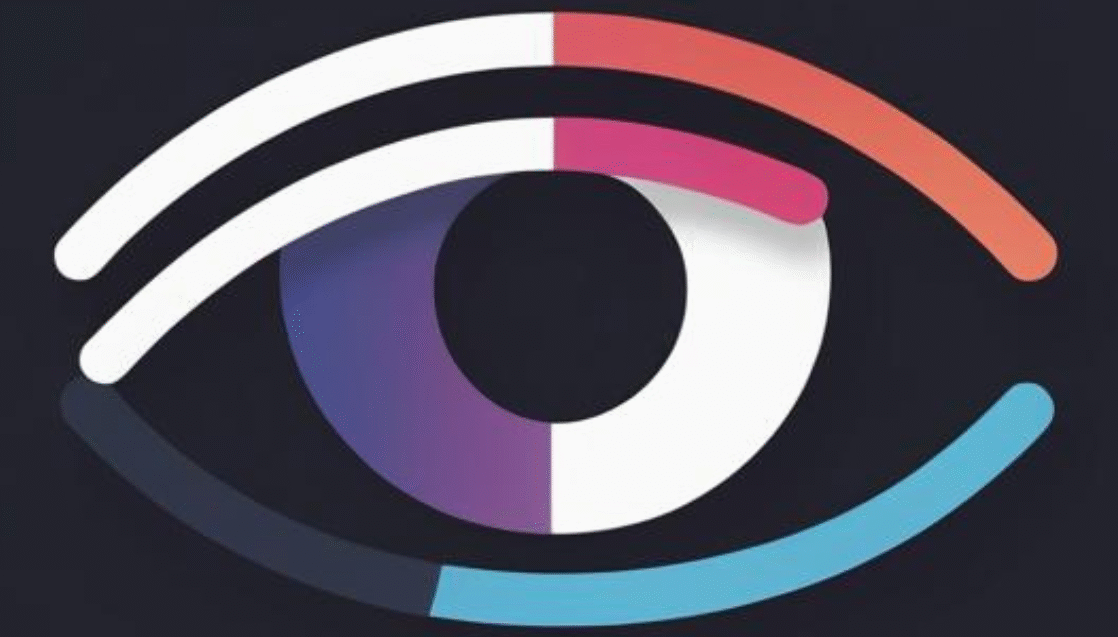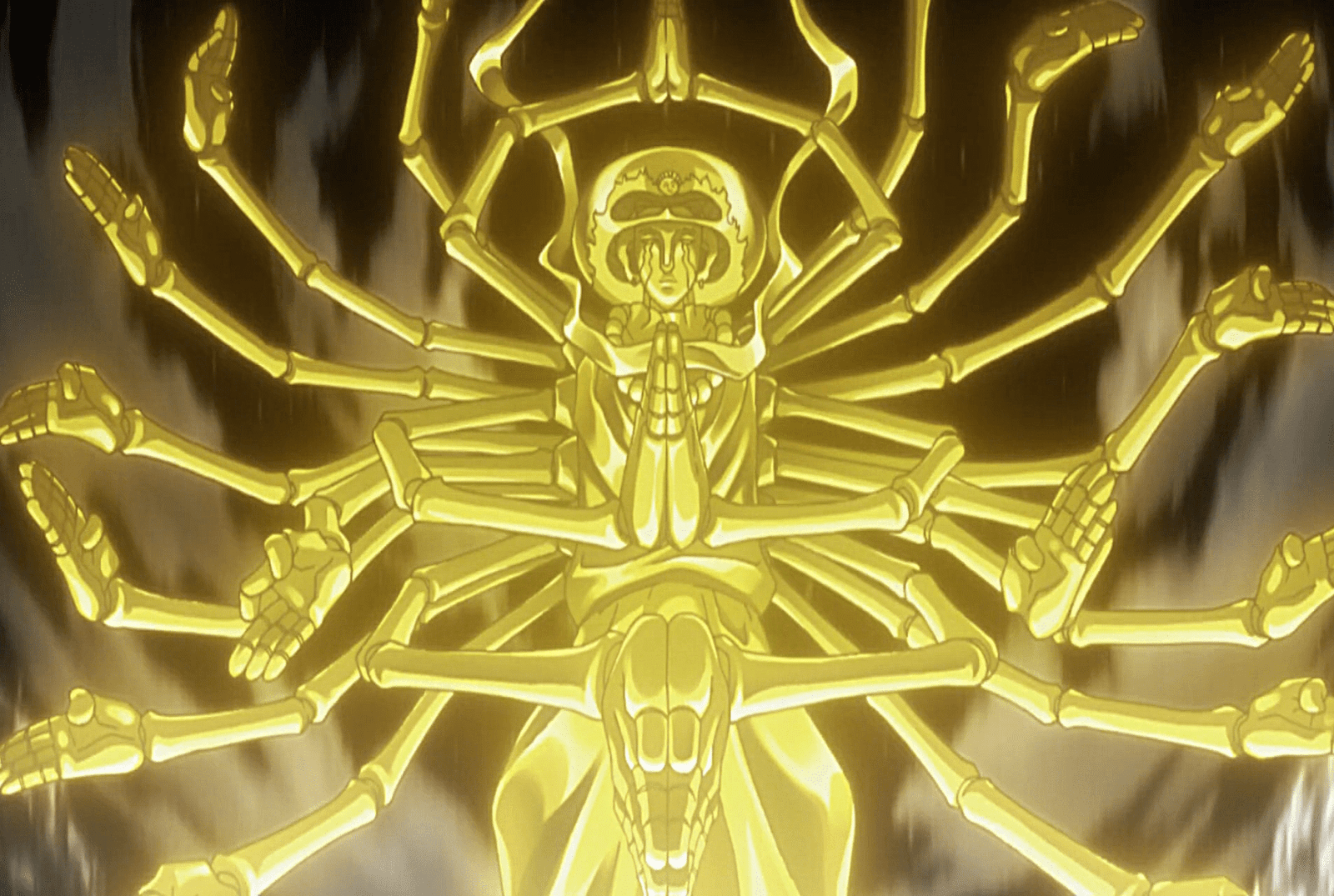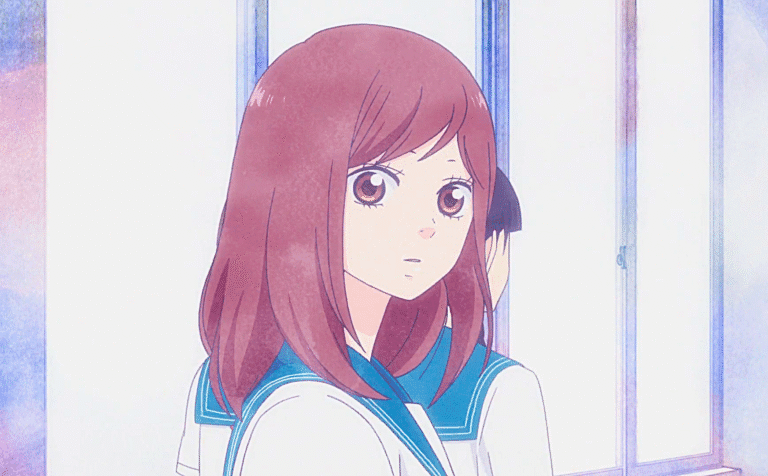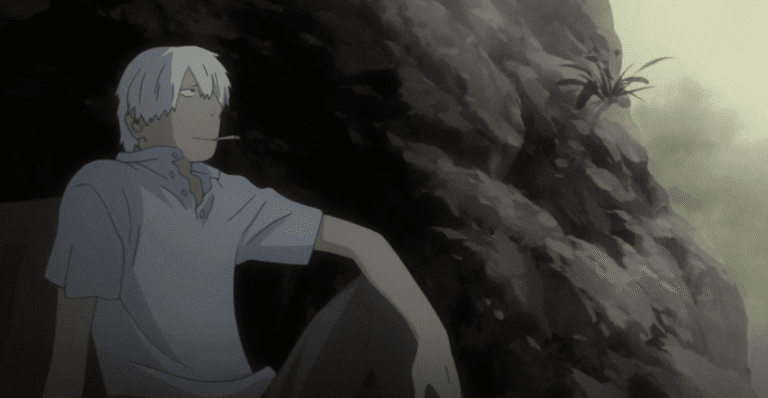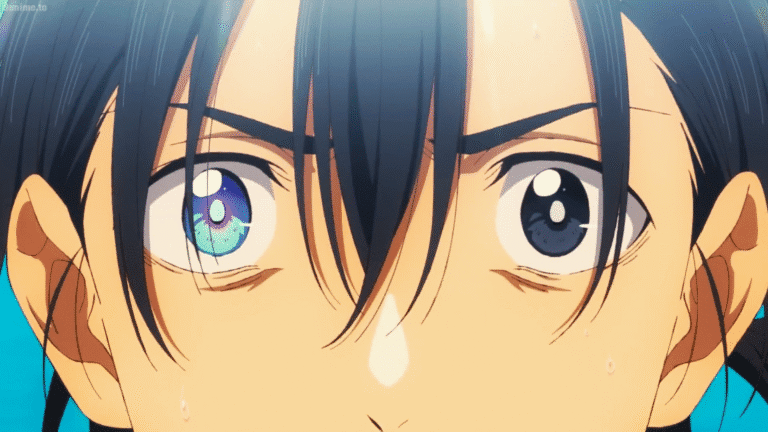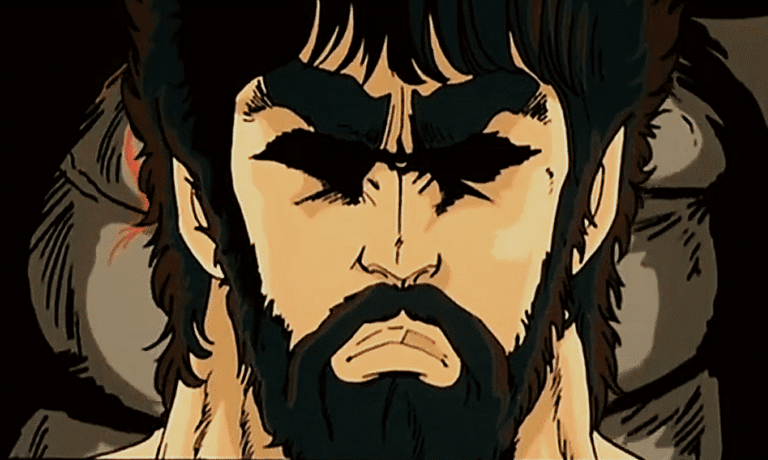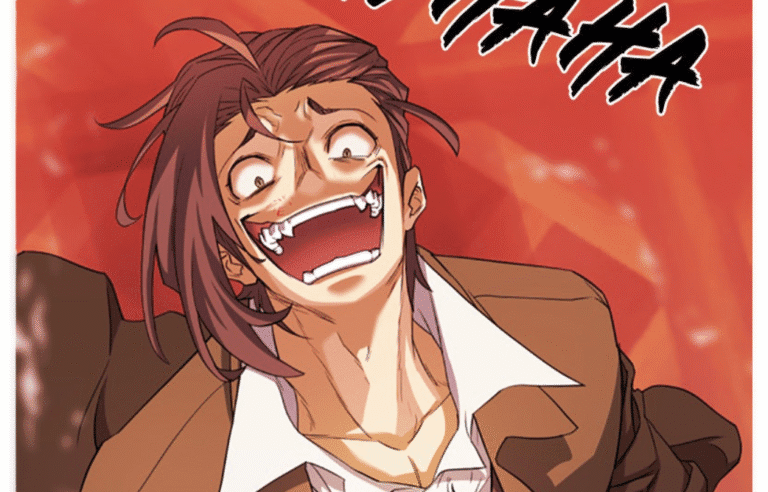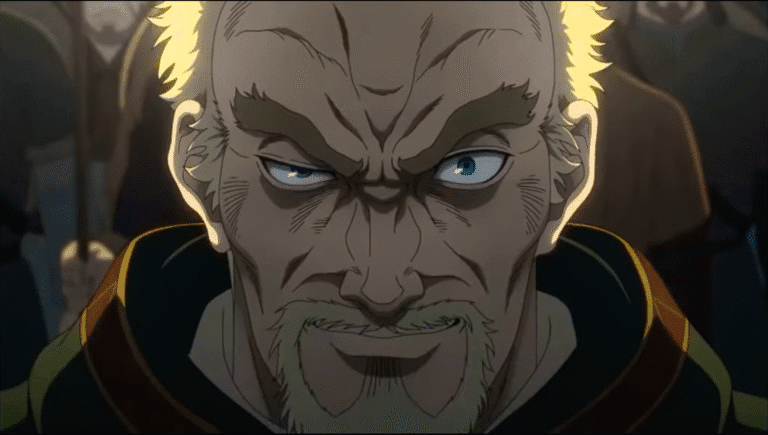How Global Mythologies Are Being Rewritten in Anime
Anime has never been confined to just Japanese folklore. While Shinto spirits and yokai have long dominated many shows, today’s anime creators are casting a much wider net—pulling in Norse gods, Greek legends, Hindu deities, and even Biblical angels into their stories.
But they’re not just borrowing these mythologies. They’re reimagining, remixing, and rewriting them in a uniquely anime style—layered with emotion, philosophical depth, and often, stunning fight scenes.
From Record of Ragnarok to Attack on Titan, anime is now a melting pot of global cultural mythos—and fans around the world are loving it.
In this post, we’ll explore:
- Why anime is increasingly global in its mythological inspiration
- How classic myths are being reinterpreted in shows
- Examples of anime based on different cultures
- The fine line between cultural appreciation and appropriation
- What this means for anime’s future in a connected world
Why Anime Is Looking Beyond Japan for Mythology
Anime’s international boom has led to a hunger for bigger, broader, more universal stories. And what’s more universal than myths?
These timeless tales—of gods, monsters, love, war, death, and rebirth—resonate across cultures. They offer creators ready-made frameworks and recognizable archetypes, while still allowing room for creative liberty.
Additionally:
- Streaming platforms like Netflix have globalized anime more than ever
- Audiences are now more culturally aware and curious
- Creators are collaborating with international writers and artists
- Anime is being used to re-express ancient stories through futuristic lenses
This fusion has birthed something truly unique: global myths, told through a Japanese anime lens.
Greek & Roman Mythology in Anime
Saint Seiya (aka Knights of the Zodiac)
One of the earliest examples of Greek influence, Saint Seiya features warriors who draw power from constellations and Greek deities. Characters like Athena, Hades, and Poseidon are central to the plot—yet the execution is pure shonen flair.
Fate/Stay Night Series
The Fate franchise is a buffet of mythological and historical figures. While it’s not limited to just Greek gods, heroes like Hercules, Achilles, and Medusa show up—often with radically redesigned personalities and backstories.
Norse Mythology in Anime
Vinland Saga
While not fantasy, Vinland Saga authentically explores Norse culture and Viking history. It’s brutal, philosophical, and grounded in the real-world mythology of Scandinavia.
Record of Ragnarok
A godly tournament arc? Yes, please. Here, Norse gods like Thor battle historical and mythical figures from around the world—including Shiva, Hercules, and even Buddha—in high-stakes showdowns that twist mythology into anime-friendly spectacles.
Hindu & Buddhist Influences in Anime
Asura’s Wrath (Video Game with anime elements)
Inspired heavily by Hindu cosmology, this game/anime hybrid borrows names like Asura, Chakravartin, and Mantra—with storylines echoing karma, reincarnation, and cosmic cycles.
Naruto & Boruto
The Naruto series subtly incorporates ideas like chakra, reincarnation, and enlightenment—a blend of Buddhist, Hindu, and Taoist philosophies woven into ninja lore.
Christian & Abrahamic Elements in Anime
Neon Genesis Evangelion
You can’t talk about religious symbolism in anime without Evangelion. While it borrows names like Adam, Lilith, and Angels, the interpretation is cryptic and largely metaphorical. It explores themes of sin, redemption, and existential dread more than biblical theology.
Trinity Blood
Set in a post-apocalyptic world where the Catholic Church still reigns, this series dives deep into Christian themes of divine power, sacrifice, and good vs. evil—often dressed in stylish gothic imagery.
Japanese Mythology Reinterpreted Through Global Lenses
Interestingly, some anime flip the script by exporting Japanese folklore through global mythological filters.
Example:
Bleach
While Bleach centers around Japanese spiritual concepts like shinigami, it borrows European medieval aesthetics and introduces characters inspired by Espada (Spanish), Quincy (Germanic), and more.
This cross-cultural blend shows how Japanese mythology itself evolves when placed on a global stage.
Appreciation or Appropriation?
As anime borrows more from global cultures, it raises important questions.
- Are these respectful interpretations or shallow fanservice?
- Are creators doing enough research and giving credit?
- How do fans from those cultures feel about it?
In many cases, anime reinterprets myths with creative respect, but occasionally, it can flatten or simplify complex spiritual systems.
The key difference? Intent and depth. Shows like Vinland Saga and Fate show careful integration, while others may play loose for cool character designs.
Why This Trend Resonates with Global Fans
We live in an era where fans from India, Brazil, France, and the U.S. are just as passionate about anime as those in Tokyo. Seeing parts of their own culture represented—even if mythologically—creates instant connection.
It makes anime feel inclusive, global, and emotionally familiar.
Mythology as a Playground
Anime is no longer bound by national storytelling traditions. With access to global folklore, and a rising generation of multi-cultural creators, we’re entering a golden age of anime mythology.
Expect to see:
- African mythologies and deities (some are already in early indie anime projects)
- Slavic folklore like Baba Yaga or Koschei the Deathless
- South American myths—Incan, Mayan, Aztec—in fantasy world-building
- Deeper takes on Islamic and Christian theology (jinn, angels, eschatology)
As long as it’s handled with thoughtfulness and authenticity, the potential is endless.
Anime as the New Mythmaker
Anime in 2025 isn’t just adapting myths. It’s becoming a new myth-making machine for the modern world.
By remixing Odin, Krishna, Zeus, and the Buddha into stylish, emotional, and often explosive stories, anime makes mythology relatable to a new generation.
And that’s the magic of anime—it can take ancient tales and breathe new life into them through animation, art, and heart.
What Do You Think?
Which mythological anime character blew your mind the most? Are you excited about seeing more global myths in anime—or cautious about how they’re used?
